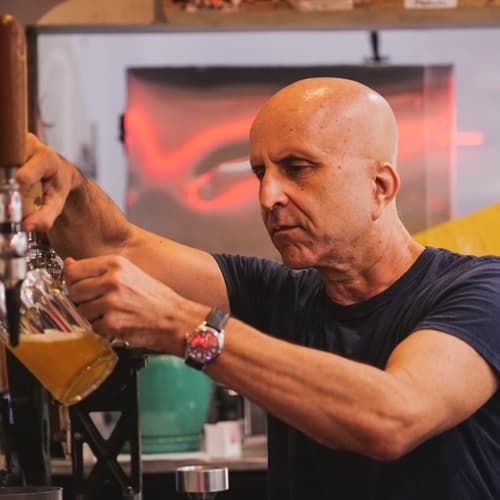TOUR
POSTPONED
Kirchen, Kölsch, Kabänes & Kneipen
TUESDAY OCTOBER 15, 2024
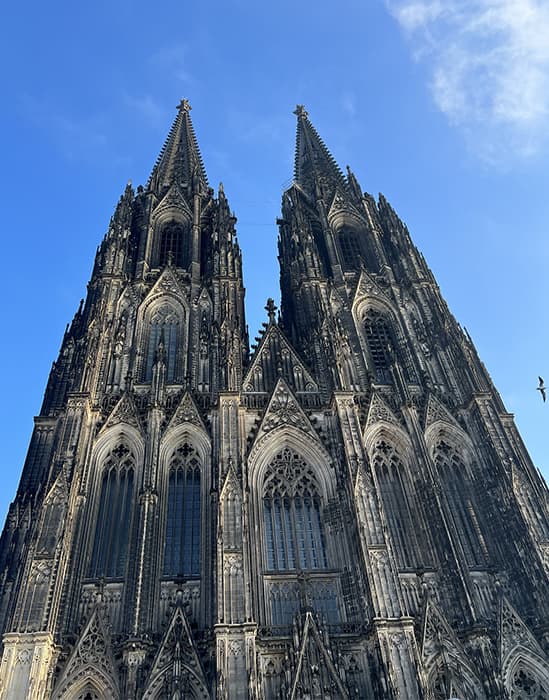
Kölner Dom
Cologne’s medieval Catholic Cathedral is the tallest of its kind in the world. A globally recognized landmark, it’s also Germany’s most visited site and one of the most important pilgrimage destinations in Europe.
One of the earliest edifices built where the Dom now stands was a Roman temple, but from the 4th century on, the site has been occupied by Christian structures. The foundation stone of the present occupant was laid in 1248, but by the mid-14th century major work on the church was ceased, with further additions occurring only intermittently for several centuries.
With the 19th-century Romantic enthusiasm for the Middle Ages, the commitment was made to finish the Dom. Work resumed in 1842 to the original design of the surviving medieval plans and drawings. The completion of Germany’s largest cathedral was celebrated (with Emperor Wilhelm I in attendance) as a national event in 1880 — 632 years after construction had begun. At 516 feet, the Dom was the tallest building in the world, until the Washington Monument was completed just four years later.
The Dom, like much of Cologne, was badly damaged by aerial bombs during World War II, as the twin spires were an easily recognizable navigational landmark for Allied aircraft. Nevertheless, the city’s most famous structure remained standing amidst an otherwise completely flattened city. In the last weeks of the conflict, an intense battle between German and American tanks occurred just west of the landmark. A destroyed German Panzer was later put on display at the base of the cathedral for the remainder of the war in Europe.
Repairs of the war damage were completed in 1956, but general maintenance work is constantly being carried out on the building which, in 1996, was added to the UNESCO World Heritage List of culturally important sites.
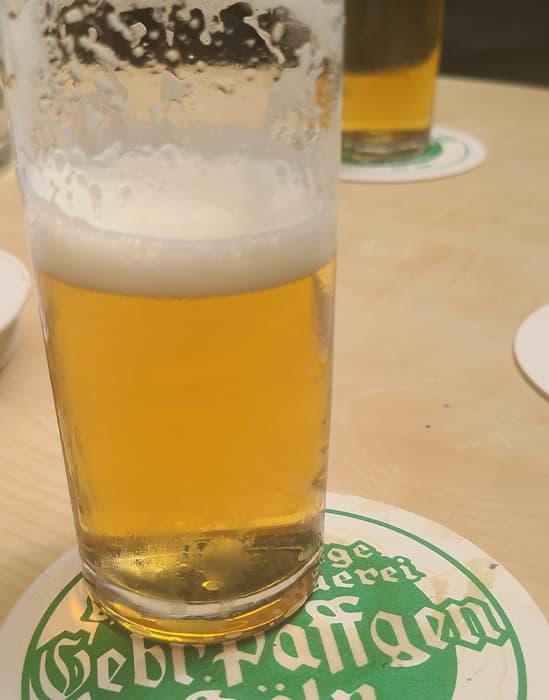
KÖLSCH
The brewers of Cologne have a centuries-old tradition of bucking trends, starting in the 1600’s when local producers began outlawing the use of then-relatively new bottom fermentation. By 1750 however many of the city’s brewers had begun combining their own top fermentation with the longer, colder lagering techniques associated with the new styles.
The beer known today as Kölsch has been officially in existence only since 1918, and further evolution occurred before the city’s twenty-four brewers agreed, in 1986, on a set of strict rules regarding its production. Since 1997 the term “Kölsch” has had a Protected Geographical Indication within the European Union, indicating a beer made within 50 kilometers of the city and brewed according to the guidelines of the Cologne Brewery Association. A typical Kölsch is pale, bright, delicate hoppy and relatively low in ABV – 3.5-5%. It’s traditionally served in a thin, cylindrical “stange” glass, to be consumed (and replaced) quickly!
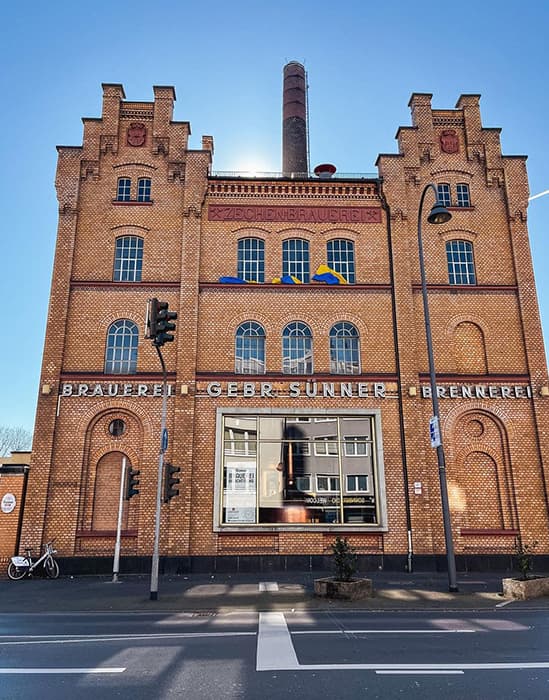
BRAUWELT KÖLN
The Sünner brewery dates to 1846 and is the oldest producer of kölsch in the world. In 1858 it expanded and moved to its current location in the south of Cologne. Having been severely damaged in the Second World War, the edifice was completely rebuilt in the 50’s, and remains today Cologne’s oldest surviving historical industrial building retaining its original function. Additions followed in the 90’s as a biergarten and restaurant were launched, and in 2022 Sünner merged with Cologne’s second oldest kölsch brewery Malzmühle, which took over operations for both companies as it shifted its own production to the historic site.
Today, under the overall banner BRAUWELT Köln, Cologne’s most important brewing site (along with its historical distillery) welcomes visitors for beer and spirit tastings and cultural events.
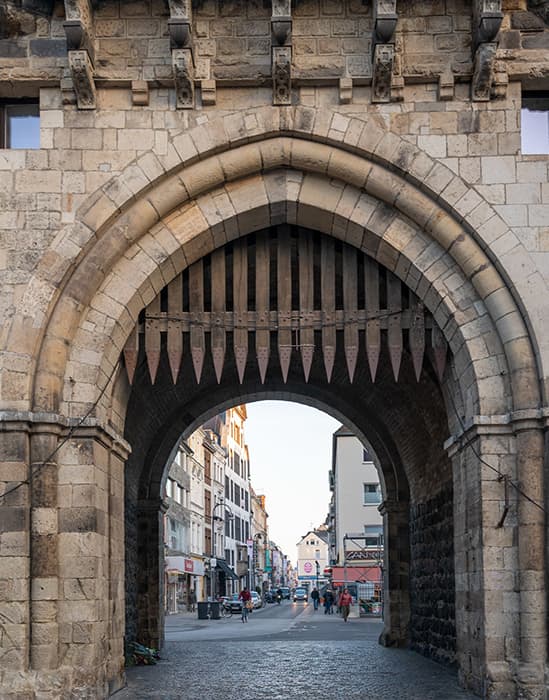
SÜDSTADT KNEIPEN
The huge majority of visitors to Cologne stick to the old town, where the Cathedral and surviving Romanesque structures as well as many of the most famous kölsch brewpubs are located. However, locals will tell you that to get a feel for the “real” Cologne, one should head to Südstadt, the southern quarter of the city, and its adjacent neighborhoods.
Here are found many of Cologne’s most characterful “kneipen” — local corner bars with character and long history. “Haus Töller,” “Früh em Veedel,” and “Brauhaus Wirtz” are three of the most famous, and personal favorites of our guide Sebastian Sauer, who warns that “tourists need to expect to be treated a bit rough, as ‘unfriendly’ service is the classic local style” in Cologne.
**Every effort has been made to ensure the accuracy of information presented on this webpage. Inner Circle Beer Tours (ICBT) is not responsible for errors in or damages resulting from use of the information contained herein. Information contained on this webpage is subject to change without notice.**

